
Understanding Ethical Gold Sourcing
The Essentials of Ethical Gold Sourcing
Ethical gold sourcing is rapidly gaining traction within the fine jewelry industry, captivating the attention of consumers and professionals alike. At its core, ethical gold sourcing is about ensuring that the gold used in jewelry is mined and produced without harming the environment or violating human rights. This sustainable approach to gold production not only caters to growing consumer demand for responsibly sourced products but also adds intrinsic value to the jewelry.
The methods for achieving ethical gold sourcing involve stringent monitoring and responsible practices in the gold supply chain, from the mines to the market. This encompasses assessing the environmental impact of mining operations, ensuring fair wages and safe working conditions for miners, and establishing traceable supply chains. By prioritizing these values, the jewelry industry not only enhances the allure of its collections but also reinforces its commitment to ethical production.
However, transitioning to ethical practices is not without its challenges. As consumer awareness grows, the demand for transparency increases, urging brands and retailers to adapt their supply chains accordingly. The move towards ethical gold sourcing is a pivotal step in the transformation of the jewelry value chain, signifying a more conscientious approach to luxury.
The Impact of Unethical Gold Mining
The Dark Truth Behind Conventional Gold Mining
Unveiling the allure of gold, its lustrous sheen hides a darker narrative rooted in unethical practices. Traditionally, gold mining has been notorious for its adverse impacts, which extend beyond immediate environmental degradation. The devastation often begins with deforestation that paves the way for mining operations, eradicating rich biodiversity in the process. Furthermore, the chemical processes involved, particularly the use of mercury and cyanide, not only poison local ecosystems but also pose severe health risks to communities. The release of toxic waste into water sources leaves lasting scars—devastating the livelihoods of those who depend on these waterways for survival. On the human rights front, unethical mining operations frequently exploit workers, subjecting them to hazardous conditions and inhumane labor practices. Reports of child labor in artisanal mines further cloud the industry's reputation. The miners' struggles often go unnoticed amid the gleaming glory of gold. Yet, as consumer awareness grows, so does the demand for a more responsible and {{sustainable fine jewelry}} industry. Efforts are being made to rectify these impacts, but the journey demands concerted effort from producers and buyers alike. Understanding the importance of ethical sourcing is the first step towards turning this tide. For more on how the industry is shifting towards ethical practices, explore the article on sparkling sustainability in ethical fine jewelry and join the journey towards a more conscious future.Certifications and Standards
Standards that Define Ethical Gold Practices
In today's jewelry landscape, certifications and standards play a pivotal role in ensuring ethical gold sourcing. These guidelines and recognition frameworks serve as a beacon for miners, jewelers, and consumers who prioritize sustainability and social responsibility.
Some internationally recognized certifications, such as the Fairmined Standard and the Responsible Jewellery Council (RJC) certification, provide thorough assessments of ethical practices. These organizations aim to combat the impact of unethical gold mining by promoting transparency in the supply chain and safeguarding the well-being of mining communities.
Another significant standard, the Fairtrade Gold certification, empowers small-scale miners by ensuring fair terms of trade and affording them a premium for their gold. Meanwhile, the Chain of Custody Standard by the RJC assures consumers that their fine jewelry meets stringent ethical requirements from mine to market.
Despite these efforts, challenges in implementation persist. Adhering to these standards often requires substantial investment and commitment from stakeholders, impacting the overall transformation of the value chain in fine jewelry.
Nonetheless, the rising consumer awareness and demand for ethical gold products continue to drive the adoption of these certifications. As consumers become more informed, they hold brands accountable, compelling them to align with these ethical standards and reshape the future of gold sourcing in the jewelry industry.
Challenges in Implementing Ethical Practices
Overcoming Barriers to Ethical Gold Sourcing
Implementing ethical practices in the gold sourcing process is a complex endeavor, fraught with numerous challenges. The journey from mine to market involves a labyrinth of stakeholders, each with their own interests and constraints. For brands like Chopard, which are committed to responsible sourcing, navigating these obstacles is crucial to maintaining their reputation and the trust of their consumers.
One of the primary challenges is the fragmented nature of the gold mining industry. With a significant portion of gold coming from small-scale and artisanal miners, ensuring compliance with ethical standards can be difficult. These miners often operate in remote areas with limited access to resources and support, making it challenging to implement and monitor responsible practices.
Moreover, the cost of transitioning to ethical gold sourcing can be prohibitive for some companies. The investment required to certify gold as Fairmined or Fairtrade, for instance, can be substantial. This financial burden can deter smaller jewelry brands from adopting ethical practices, despite the growing demand for sustainable creations.
Another hurdle is the lack of awareness and education among miners and consumers alike. While there is a rising interest in ethical gold jewelry, many consumers are still unaware of the impact of their purchasing decisions. Similarly, miners may not fully understand the benefits of adopting responsible practices, such as improved working conditions and access to better markets.
To address these challenges, collaboration across the supply chain is essential. Initiatives like the Swiss Better Gold Association aim to bridge the gap between miners and the market, providing support and incentives for ethical practices. By fostering partnerships and promoting transparency, the industry can work towards a more sustainable future for gold sourcing.
Ultimately, overcoming these barriers requires a concerted effort from all stakeholders, including consumers, who play a pivotal role in driving demand for ethical gold jewelry. As awareness grows, so too does the potential for positive change in the industry, paving the way for a more responsible and sustainable future.
Consumer Awareness and Demand
Consumer Preferences and Influence
In recent years, the consciousness of consumers regarding ethical gold sourcing in fine jewelry has surged. They increasingly demand traceability and transparency in the entire supply chain, valuing brands that adopt sustainable and fair practices. This shift in consumer preference is shaping the jewelry industry at a foundational level.
Ethical gold mining practices align with broader societal concerns about environmental sustainability and social responsibility. With growing public awareness of the detrimental effects of unethical extraction methods, the demand for ethically sourced gold continues to rise. Consumers are now more willing to invest in jewelry collections that reassure them of their positive impact on both the planet and the communities involved in the mining process.
Furthermore, the influence wielded by informed consumers cannot be underestimated. They propel brands to uphold standards, and their purchasing choices often serve as a proof point for the success of ethical initiatives within the industry. This demand encourages jewelers to seek certifications and comply with established guidelines, fostering a broader cultural shift towards sustainability in the gold value chain.
As consumer awareness grows, it becomes incumbent upon jewelry producers to prioritize ethical sourcing practices, making them not just a competitive advantage, but a necessity. Those who embrace this change gain credibility and authority, strengthening their bond with conscious buyers. The transition to ethical sourcing doesn't just enhance a brand’s reputation; it ultimately benefits the entire gold value chain, paving the way for a future where ethical standards take center stage.
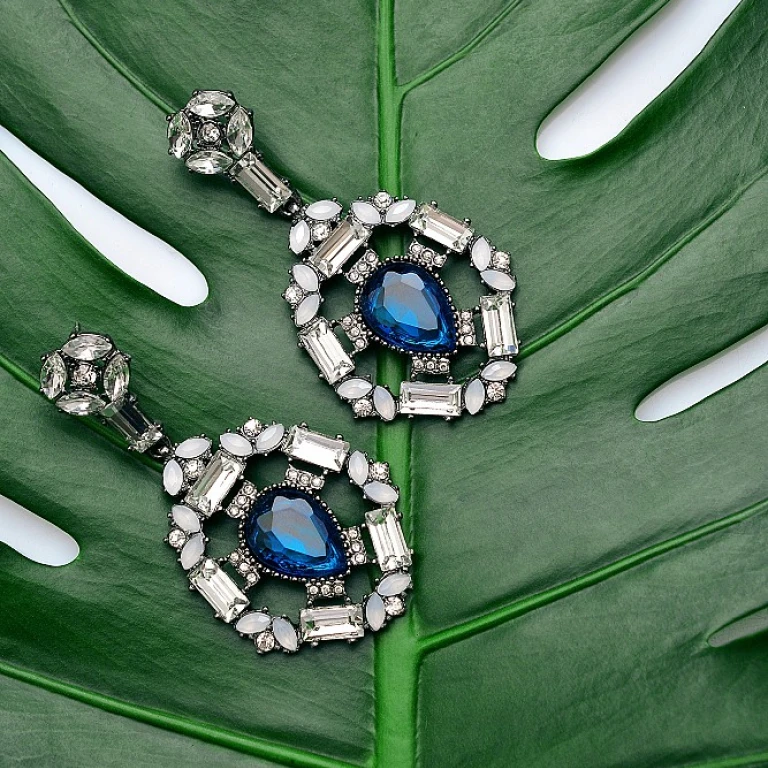
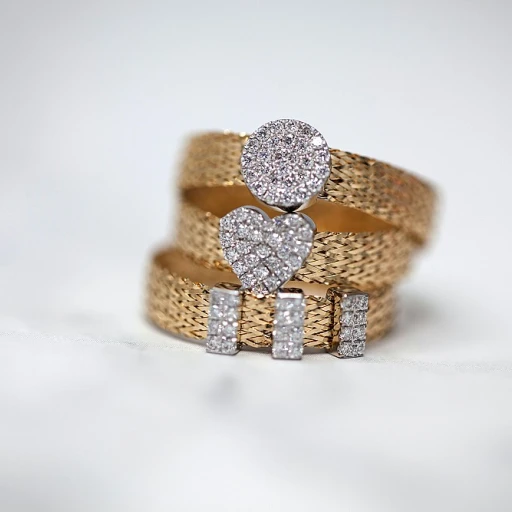
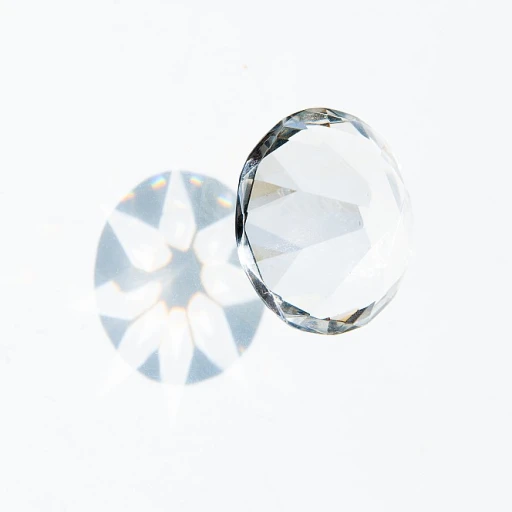


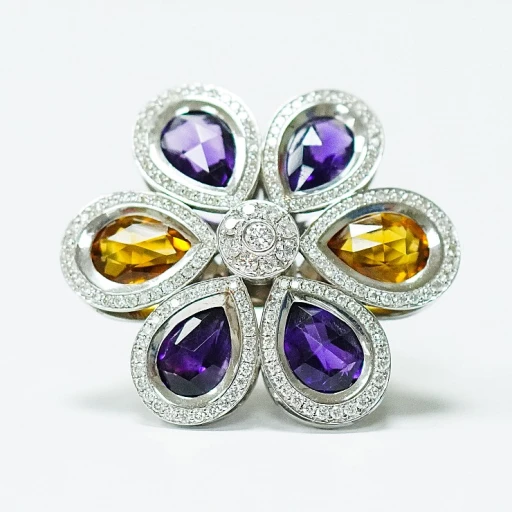
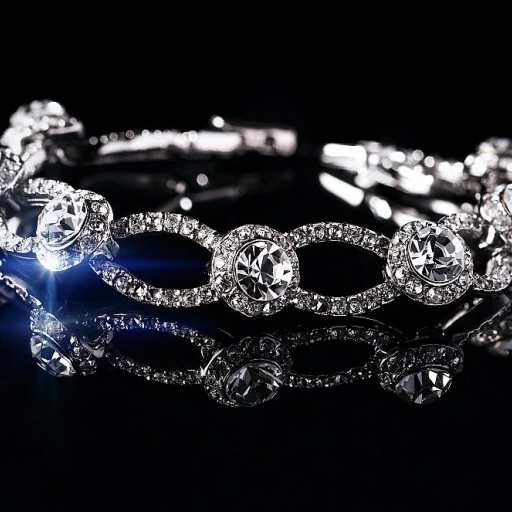
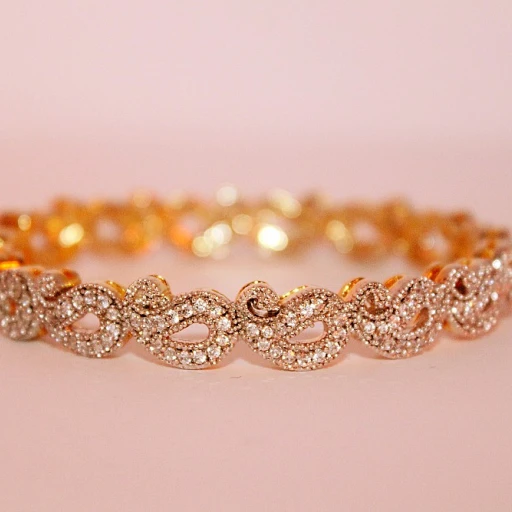
-large-teaser.webp)
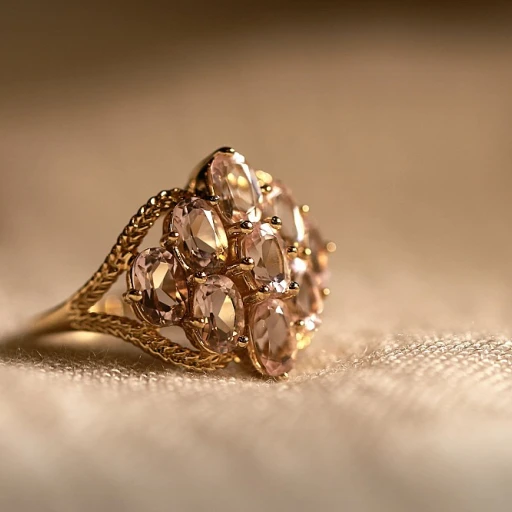
-large-teaser.webp)
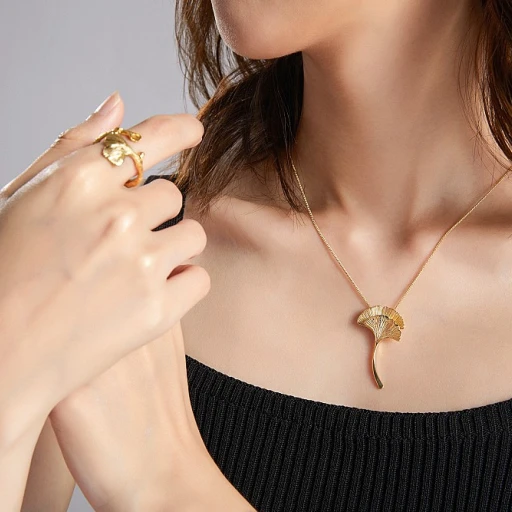
-large-teaser.webp)